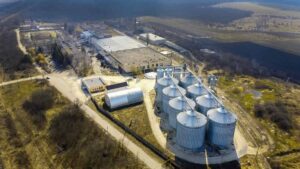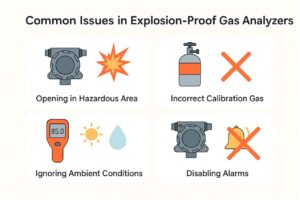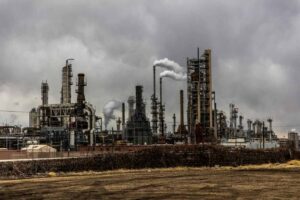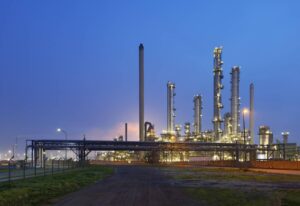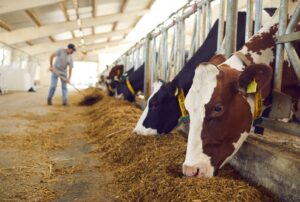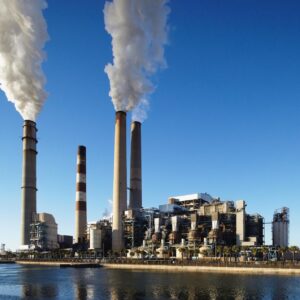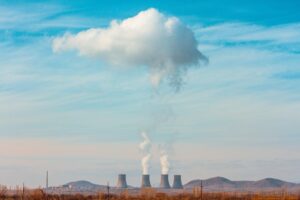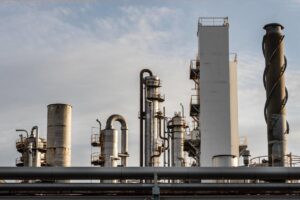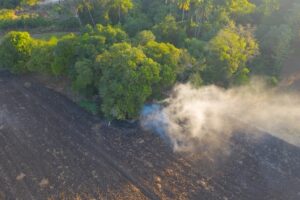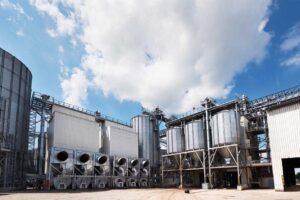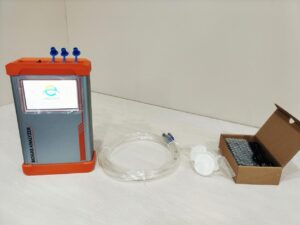Accurate monitoring of greenhouse gases in agricultural soils is a persistent challenge—complex environments, changing weather, and labor-intensive sampling can easily compromise data quality. ESEGAS gas analyzers solve this with precision, speed, and simplicity.

While that’s the short answer, the real impact of ESEGAS in agriculture lies in its ability to deliver dependable data across seasons, climates, and soil types. Here’s how it makes a real difference in the field.
Why Is Accurate Greenhouse Gas Flux Monitoring Critical in Agriculture?
Agriculture plays a dual role in the climate system—it is both a victim of and a contributor to climate change. Among the most impactful contributions are the emissions of carbon dioxide (CO₂) and nitrous oxide (N₂O) from soil systems. These emissions stem from processes such as microbial respiration, organic matter decomposition, nitrogen fertilization, and tillage practices. N₂O, in particular, is over 270 times more potent than CO₂ in terms of global warming potential over a 100-year period.
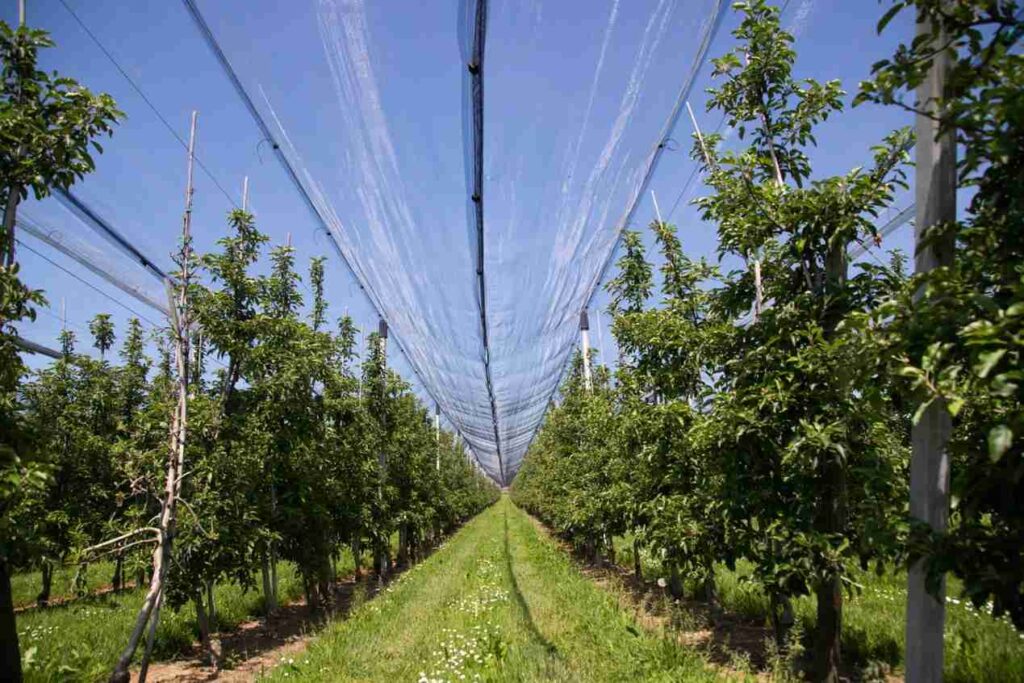
Understanding and quantifying these fluxes is critical for several reasons:
1. Climate Reporting and Regulatory Compliance
Countries are increasingly required to report their agricultural emissions as part of their climate commitments under frameworks like the Paris Agreement. Without accurate and frequent soil gas flux data, national inventories rely on generalized emission factors that may not reflect real conditions on the ground. This can lead to over- or underestimations of total emissions.
ESEGAS gas analyzers offer a field-based solution that allows real-time, high-resolution measurements that support more accurate emission inventories and help align local farming practices with international climate goals.
2. Optimizing Fertilization and Irrigation Practices
Nitrogen fertilizers are a major source of N₂O emissions, especially when applied excessively or under poor timing. Accurate gas flux monitoring helps identify emission peaks following fertilizer application, enabling farmers and agronomists to adjust timing, quantity, and methods—like switching from broadcast to precision injection.
Using ESEGAS systems, researchers can conduct controlled trials to compare emissions under different fertilization strategies, making it possible to optimize productivity without increasing environmental impact.
3. Supporting Climate-Smart Agriculture and Carbon Farming
Emerging frameworks like carbon credit markets and regenerative agriculture initiatives rely heavily on measured outcomes. To receive carbon credits, farmers must demonstrate reduced emissions or increased carbon sequestration—both of which require empirical evidence.
ESEGAS analyzers allow stakeholders to monitor CO₂ uptake during crop growth phases and emissions during soil disturbance events, providing trustworthy data for certification programs and enabling financial incentives tied to environmental performance.
4. Research and Innovation in Soil and Crop Management
Scientific institutions and agricultural research centers depend on reliable, continuous gas flux data to study soil biology, climate interaction, and plant-soil feedback mechanisms. Static methods and lab analysis introduce delays and reduce data density, hindering comprehensive understanding.
With ESEGAS, researchers gain temporal granularity—capturing minute-to-minute fluctuations across diverse soil types and cropping systems, which enriches research outcomes and supports innovation in sustainable agriculture.
5. Responding to Climate Variability and Extreme Weather
Soil gas emissions are highly sensitive to changes in moisture and temperature. With climate change intensifying weather extremes—such as heavy rains, droughts, or heatwaves—gas flux patterns are becoming less predictable. Accurate monitoring is necessary not only to measure impacts but to design adaptive farming systems.
ESEGAS analyzers’ field durability and automated sampling make them ideal for long-term deployment in changing weather conditions, capturing the effects of climate variability on soil emissions in real time.
In short, accurate greenhouse gas flux monitoring in agriculture is not just a scientific necessity—it’s a cornerstone of climate mitigation, regulatory compliance, smarter farming, and environmental accountability. ESEGAS analyzers provide the technological backbone to make this level of precision monitoring accessible, scalable, and practical for real-world agricultural systems.
What Challenges Do Traditional Gas Analyzer Methods Present?
Conventional techniques like static chamber sampling followed by laboratory gas chromatography are not only time-consuming but also error-prone. Delays in sample processing, temperature changes, and human handling introduce significant variability. Additionally, these methods cannot capture the dynamic nature of gas fluxes that change hour by hour.
ESEGAS gas analyzers eliminate these variables through continuous, automated in situ analysis, removing the need for lab work and ensuring that no transient flux events are missed.
How Do ESEGAS Gas Analyzer Improve CO₂ and N₂O Measurement Accuracy and Efficiency?
Monitoring gas fluxes from soil in agricultural environments presents multiple challenges: high variability over short timescales, harsh outdoor conditions, and the logistical difficulties of frequent sampling. Traditional methods, while scientifically valid, struggle to capture the full complexity of soil–atmosphere gas exchange. This is where ESEGASsystems offer a transformative leap in both accuracy and operational efficiency.
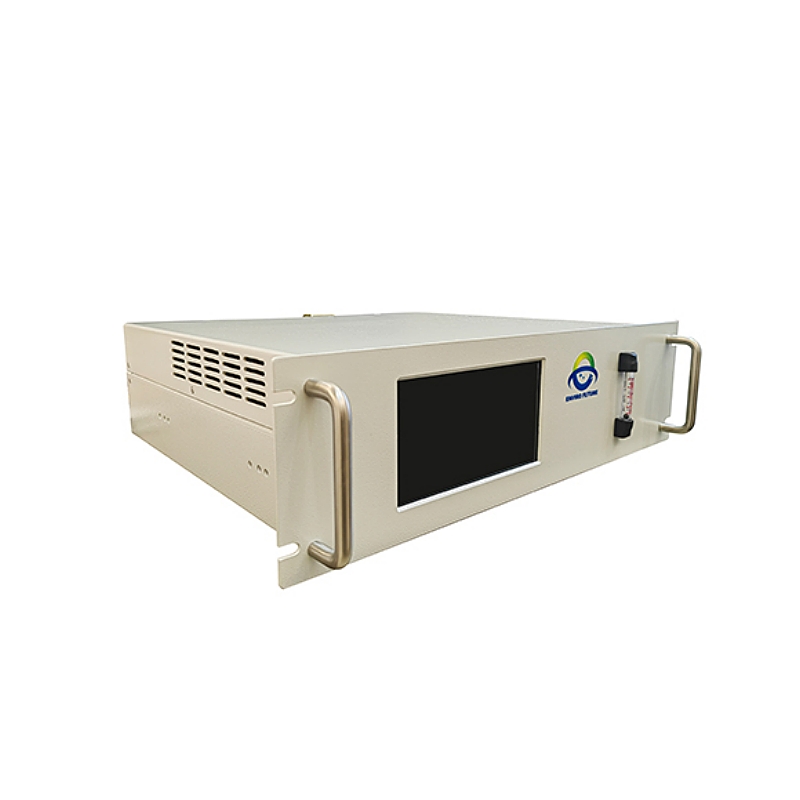
1. Real-Time, High-Frequency Measurement Captures Dynamic Flux Changes
One of the most important advances offered by ESEGAS analyzers is their ability to conduct real-time, high-frequencymeasurements of CO₂ and N₂O. Greenhouse gas fluxes can change dramatically over the course of hours or even minutes, particularly after rainfall, fertilization, or tillage events. Static methods that sample only once per day—or less—miss these peaks entirely.
ESEGAS devices are capable of capturing readings every few seconds to minutes, producing granular datasets that reflect true flux variability. This level of temporal resolution is essential for understanding microbial activity, fertilizer-induced emissions, and carbon respiration rhythms. It also allows researchers to link emissions directly to field activities with unmatched precision.
2. Integrated Smart Chamber Technology Reduces Sampling Errors
In flux measurements, the interface between the soil and the measuring device—the chamber—is just as important as the analyzer itself. ESEGAS systems can be paired with automated dynamic chambers designed for minimal disturbance and precise gas capture.
These chambers open and close on programmable cycles and maintain a controlled internal environment. Combined with the analyzer’s rapid response time, this integration ensures accurate measurement of gas concentration changes over time. The result: cleaner flux curves, reduced pressure artifacts, and lower risk of data distortion from operator handling or wind turbulence.
3. Automated Calibration and Environmental Compensation Ensure Data Integrity
Long-term field deployment introduces the risk of sensor drift due to temperature fluctuations, humidity, and dust. ESEGAS analyzers address this with built-in automated calibration routines and environmental compensation algorithms. These features:
- Regularly adjust baseline readings using internal references or external calibration gases
- Compensate for ambient temperature and pressure fluctuations
- Ensure consistent measurement accuracy across seasons and climates
These functions significantly reduce the need for manual recalibration and allow extended operation in remote agricultural fields without sacrificing data quality.
4. Wireless Connectivity and Cloud Integration Enable Remote Monitoring
Traditional field campaigns often require technicians to travel frequently to sampling sites to collect data. This is not only inefficient but also risks data loss if equipment malfunctions between visits.
ESEGAS systems are equipped with wireless communication modules (e.g., 4G, LoRa, or satellite uplink), allowing real-time data transmission to cloud-based platforms. Users can monitor CO₂ and N₂O flux trends from any location, receive alerts for anomalies, and even adjust sampling parameters remotely. This capability is especially valuable for multi-site research projects, national soil monitoring networks, and precision agriculture platforms.
5. Reduced Human Labor and Operational Costs
Because ESEGAS analyzers operate autonomously once deployed, the need for field labor is drastically reduced. In traditional systems, each gas flux sample may require manual chamber closure, gas extraction, transportation to a lab, and GC analysis—an expensive and time-consuming workflow. Over a growing season, this can translate to thousands of labor hours.
ESEGAS streamlines this entire process into an automated cycle: measurement, logging, and transmission—often powered by solar energy. The result is dramatically lower operational cost per data point, enabling more measurements across more locations, and ultimately yielding a more representative and robust dataset.
6. Field-Rugged Design for Harsh Agricultural Environments
Agricultural fields expose equipment to mud, water, UV radiation, fertilizer residues, and mechanical damage. ESEGAS systems are built for these challenges. Their enclosures are:
- IP-rated for water and dust resistance
- UV-stabilized for long-term outdoor use
- Operable in a wide temperature range (from -20°C to +60°C)
This durability ensures minimal downtime and consistent data even under extreme field conditions. Whether in a rice paddy, open wheat field, or high-altitude orchard, ESEGAS analyzers continue working when others fail.
7. Compatibility with Existing Agricultural Monitoring Infrastructure
ESEGAS devices can seamlessly integrate into larger environmental monitoring systems. With support for MODBUS, SDI-12, and analog output protocols, these analyzers can be linked with weather stations, soil moisture sensors, or farm management platforms to provide contextualized, multi-layered insights.
This interoperability is crucial for building comprehensive datasets that go beyond gas fluxes, enabling cross-analysis between environmental variables and agricultural practices.
In summary, ESEGAS gas analyzers are engineered to bridge the gap between high-precision laboratory science and real-world agricultural monitoring. Through real-time sensing, automation, calibration intelligence, and rugged design, they dramatically improve the accuracy and efficiency of CO₂ and N₂O flux measurements—making large-scale, long-term greenhouse gas monitoring not only feasible but scalable across diverse agricultural landscapes.
What Are Some Real-World Applications of ESEGAS in Agricultural Fields?
In large-scale cornfields in Northern Europe, ESEGAS systems have been deployed to track CO₂ release during tilling, fertilization, and harvest. The high-resolution data revealed emission peaks closely aligned with nitrogen application, helping optimize fertilization timing.
In rice paddies across Asia, where flooded conditions create anaerobic soil environments rich in N₂O emissions, ESEGAS analyzers provided continuous monitoring during different irrigation cycles, enabling data-driven water management strategies.
Additionally, in greenhouse vegetable production, ESEGAS devices have been used to fine-tune ventilation and fertilization protocols, directly linking gas emission data to operational efficiency and crop yield.
Conclusion
ESEGAS gas analyzers represent a significant leap forward in agricultural soil monitoring, providing accurate, automated, and field-ready solutions for greenhouse gas flux measurement. By capturing real-time CO₂ and N₂O emissions data, they empower researchers and farmers alike to make better decisions for the climate and for the land.
if you have any question about gas analyzer, please contact us!





